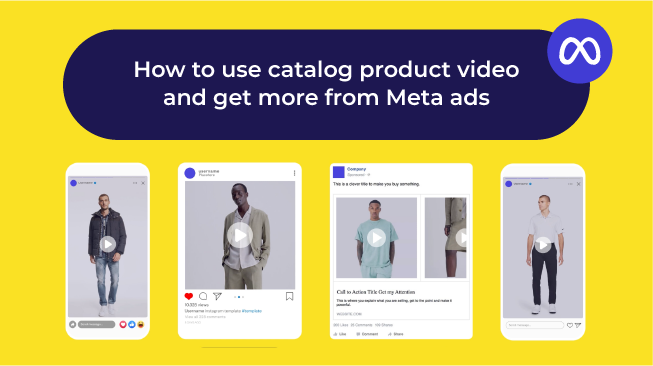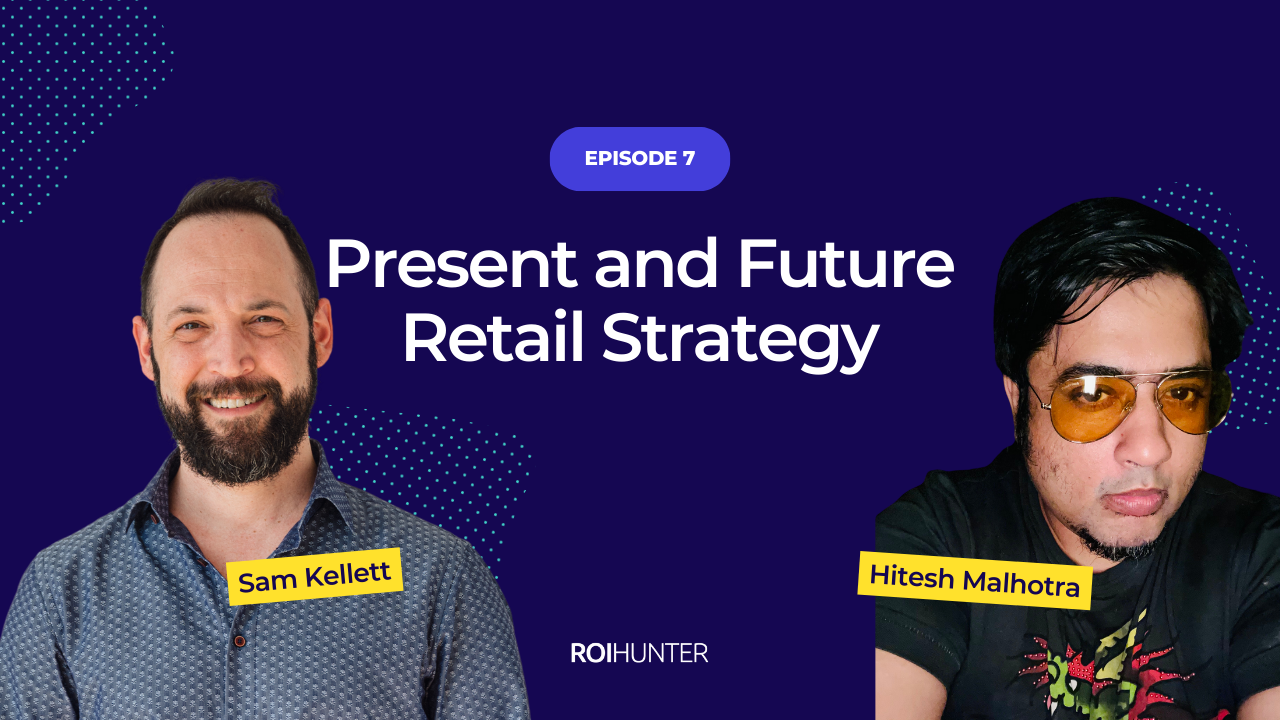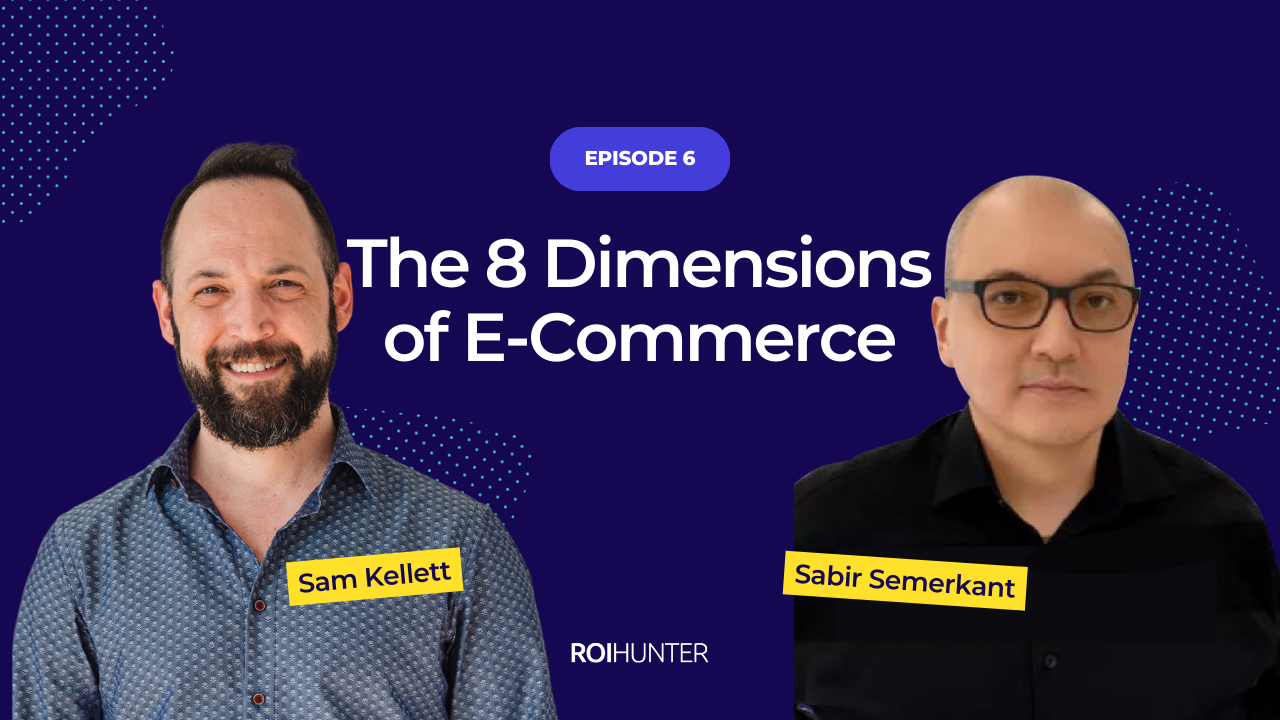Dynamic campaigns have recommendation algorithms that should match the products from your catalogue to the right customers.
That said, there are some challenges along the way.
As it turns out, a lot of your product catalogue never actually gets promoted by dynamic campaigns. We analyzed the data of several clients to see how much of an impact there was. We found that Facebook’s algorithm focuses about 50% of all impressions on as little as 1% of the products in the catalogue. Most importantly, these products are not selected based on their return on ad spend or revenue distribution.
This article will explain why this happens and, more importantly, how you can fix the problem, and ensure your top items are being optimally promoted.
Wait, Slow Down.. Why is so Much of My Catalogue Not Getting Promoted?
Social networks track the metrics that will be best for the early training of their algorithms. These goals may not match your goals (e.g. profitability). Essentially, even though Facebook and Google want advertisers to achieve their goals, they also want their users to have an amazing experience. And at the end of the day, if the platform has enough users it will always have advertisers, but not the other way around.
It’s an example of the classic Principal Agent Problem: the agent (FB/Google) is in charge of making decisions on behalf of the principal (you). Conflict arises if one decision is best for the principal, but another decision is better for the agent.
The more data Facebook or Google have about a product, the better they can predict the user experience. The more they promote the product, the more data they have, which in turn leads them to promote the product more. At the end of the day, this means fewer overall items from your catalogue get promoted, and some of your biggest winners may be getting overlooked.
What is Horizontal Scaling?
Standard Horizontal Scaling
At its core, horizontal scaling means to scale by adding more machines doing the work, as opposed to vertical scaling, which is scaling by increasing the power of the original machine. Standard horizontal scaling for e-commerce works on the same principle: rather than increasing the budget of one successful campaign, you duplicate it, target a new group, and run the campaigns side-by-side. The goal for this type of horizontal scaling is to pick and repeat the top performing campaigns, rather than having to start from scratch every time.
Advanced Horizontal Scaling
With advanced horizontal scaling, your goal is to actually incentivize Facebook and Google algorithms to promote the products most closely aligned with your goals as a retailer (generally, profitability).
If you only have one overarching dynamic campaign, then the amount of promoted products for prospecting is very limited even though you are promoting the entire catalogue. Advanced horizontal scaling involves creating additional product sets for the social algorithm to pull from.
Rather than picking an item from a catalogue of tens of thousands or more, the algorithm picks from a specific group that you defined. Now add a budget and bid for each campaign, incentivizing Facebook to run with them.
By creating a different product set for every goal, you are scaling the number of products your customers will see.
Why is Horizontal Scaling Important?
If you were to run an analysis on Google Analytics to find your top converting products, you may be surprised at how few of them are actively promoted on Facebook. Here’s an example of how much spend Facebook might allocate on a dynamic campaign, regardless of what the revenue is.
The benefits to horizontal scaling go beyond increasing the number of products you’re actively promoting. It’s also a way to ensure that the products being promoted are the ones most aligned to your current goals. For instance, you can use Google Shopping data to find trending products, and inform Facebook’s algorithm faster than the Pixel could.
The tricky part is finding which products have been overlooked, and keeping your new product groups up-to-date. While it is possible to do all of this manually, it’s far less time-consuming and more effective to work with a partner that can help you integrate your data streams. ROI Hunter clients are able to quickly filter through their entire data set to find products matching their specifications (e.g. high margin, best-sellers). When new eligible products enter the system, they will automatically be added to the right group. And the best part is that our clients are not limited by the amount of custom columns in the product catalogue or priorities of their IT departments, they just plug in data from any sources and ROI Hunter does the heavy lifting for them.
Wrapping it Up
Problem:
A large portion of your catalogue isn’t promoted by dynamic campaigns, and the items that are promoted aren’t necessarily your most profitable.
Reason:
Facebook’s algorithm is focused on their goals, which may not match your goals.
Solution:
Create separate product groups with their own bids and budgets, based on your own analysis of data from across your channels and based on your business priorities. The social algorithms will pull from the selected groups rather than the entire catalogue, ensuring that the items you want promoted receive promotion.



